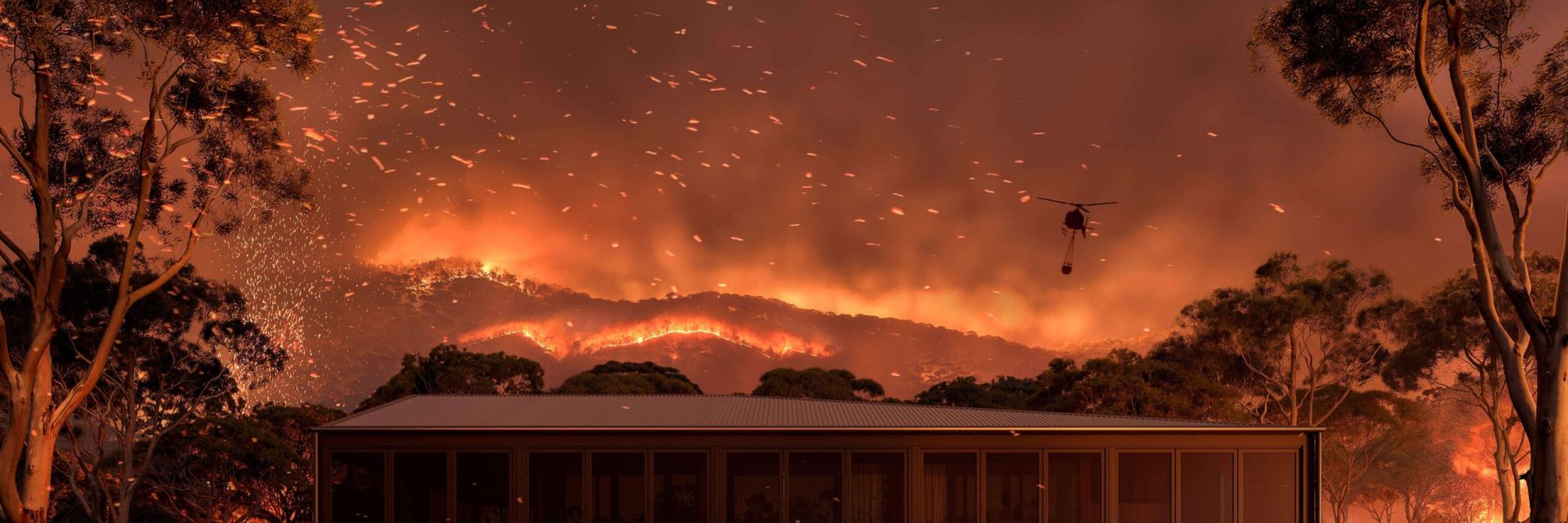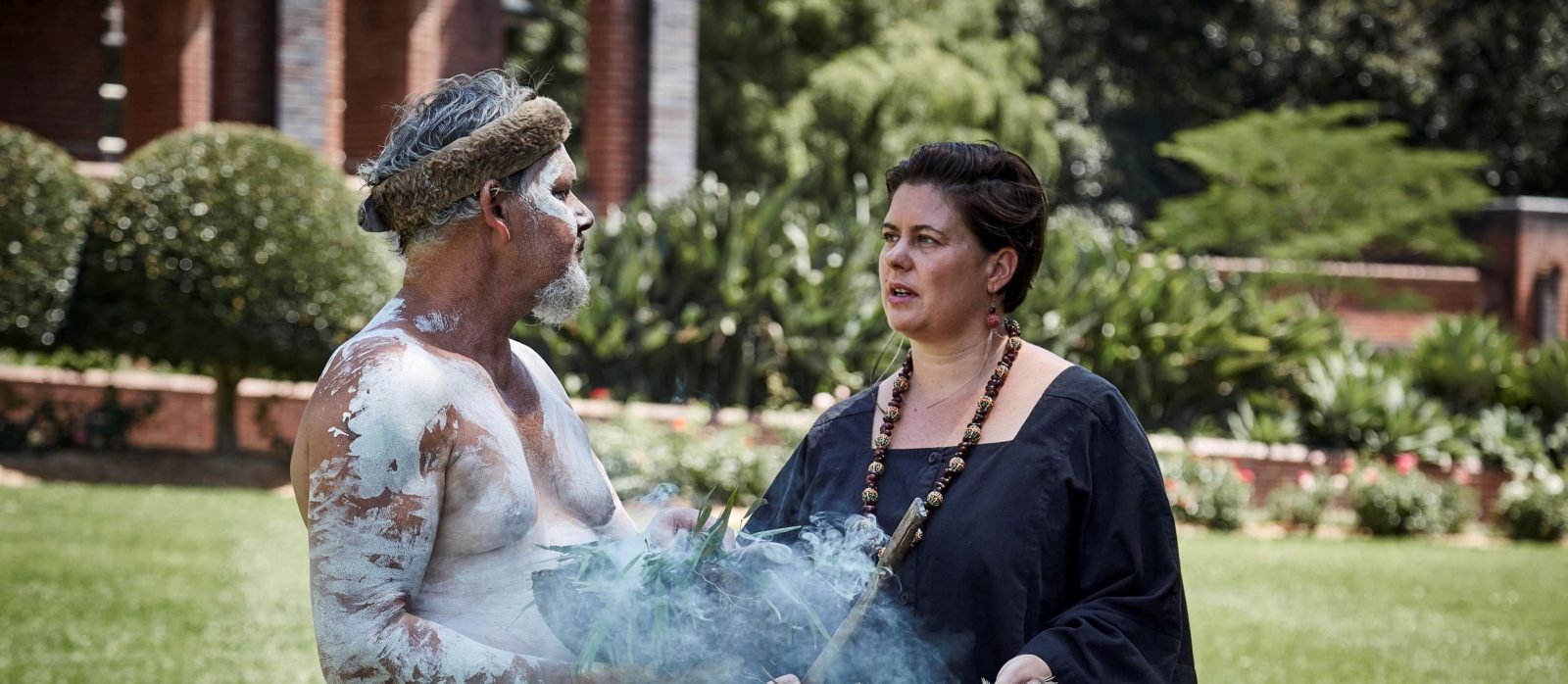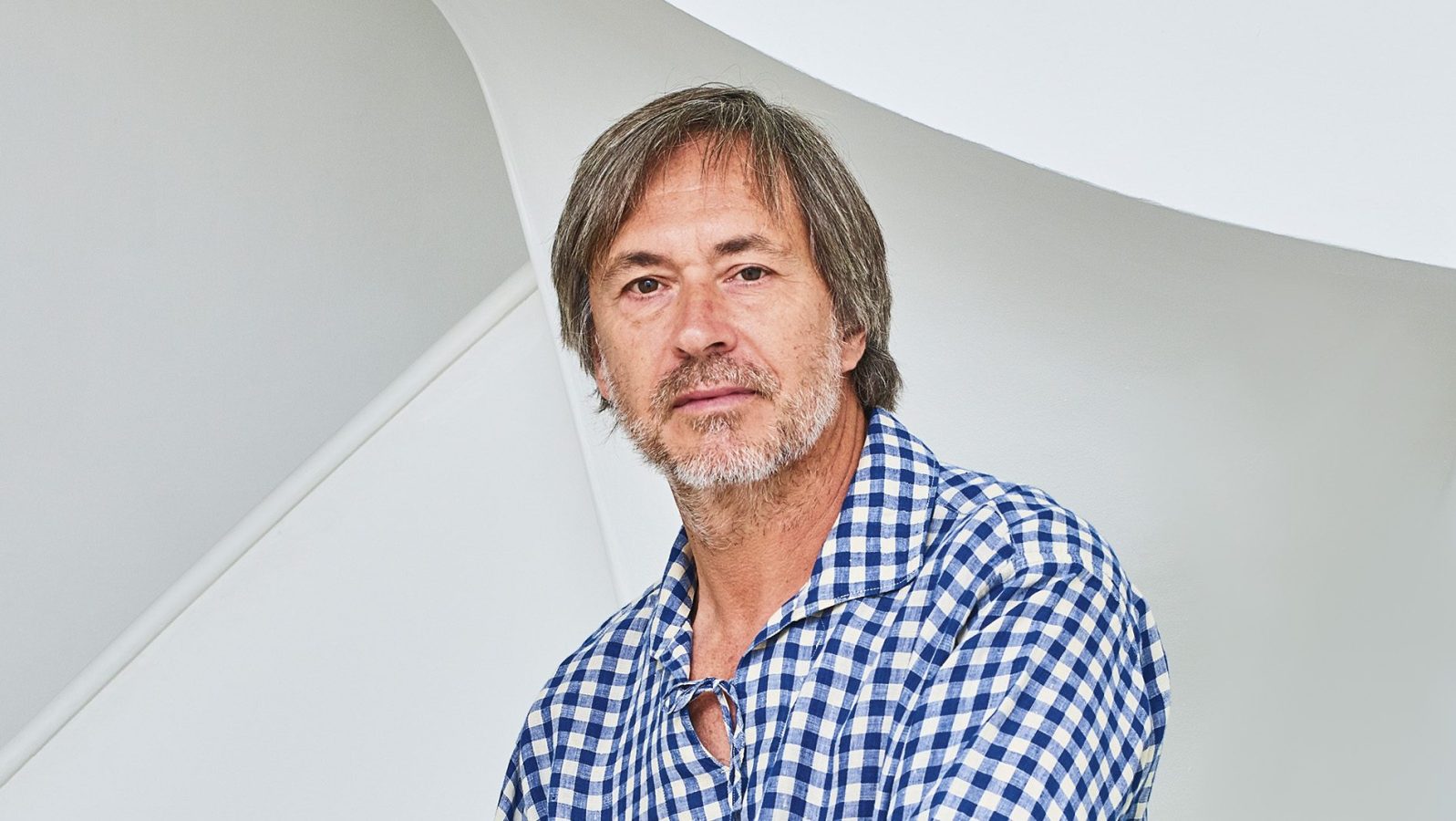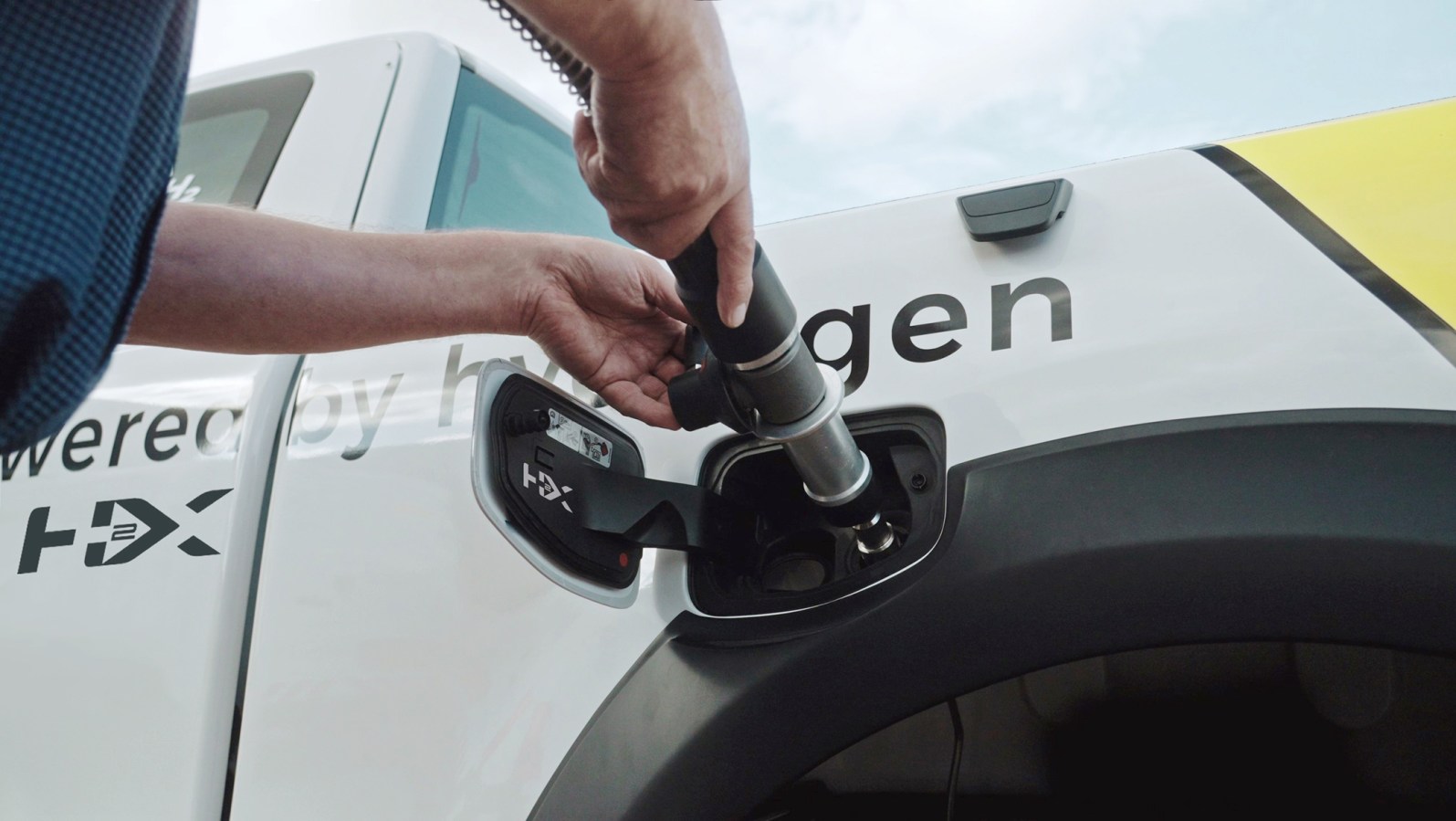Architect James Davidson wants to move the dial faster on making homes safer, insurance cheaper and enabling communities to rebuild better when nature devastates cities and regions.
Australia has always seen extreme natural events, doused with flooding rains, burnt by bushfires, scorched by drought and buffeted by cyclones and dust storms that smother regional areas regularly.
It has always been that way, but the lived experience makes it clear – the effects of climate have a dramatic impact on how we live, where we live and whether that should change.
Award-winning architect James Davidson tells Forbes Australia in an interview from his Brisbane, Queensland office that “climate change is no longer a future thing”.
It started to hit home with the 2009 bushfires in Victoria when his sister lost her house, then the 2011 floods, and the events just kept coming.
“When people say that in X number of years, certain things will start happening … look around. It’s already happening. I feel like by talking about it being a future thing, it allows the current resident to become a little bit more complacent mentally and not necessarily see that this is something to think about right now, in this very instance. It’s almost like we’re sleepwalking into a disaster,” Davidson says.

His team has been working over the past year in New South Wales and Queensland with people affected by several devastating natural events.
Humans are amazingly resilient, he says. “What I’ve found is, we can arm them with practical solutions to the problems that they’re facing, and practical is a crucial word because there’s no point just talking about this stuff.”
Pretty vs practical
He says it is probably every architect’s desire to have something on the front cover of a magazine because it’s pretty. Still, he thinks that architects can be a lot more relevant and can help more broadly in society and, “obviously, climate change adaptation is a huge one”.
Regarding designing, building, and rebuilding, Davidson says there must be a change in the mindset of people and planners.
“I am very committed to sustainability and reducing carbon, which is a primary consideration in our work. But I feel from my experience, that even with the more things that happen, more events, the more natural disasters that occur, the more building waste, the more social disruption, there appears to be a lack of learning from those events, and we just keep putting back the same old stuff.”
He completed a PhD years ago and says he applies the same rigorous thinking to his architecture practice as he did to his study: How do you formulate an idea, how do you test that idea, then how do you learn from that idea, and then how do you present that idea?
Related content
Action beyond the rhetoric
His business, JDA Co., began pro bono work after 2011, helping uninsured people in several suburbs around Brisbane and Ipswich. He organised 60 architects and 100 students of architecture to do about 100 assessments of damaged properties free of charge and started observing.
“We went out, observed a whole bunch of things, learned a whole range of things, talked to a lot of people who’d been affected, and with a deliberate aim to look at how could we do things better,” Davidson says.
The exercise started to inform the practice, but only a few people had the mindset of not rebuilding exactly what they had before. Those few that did help Davidson and his team to test different approaches and materials helped them “learn from the ground up”, with a specific aim to focus on practicality and affordability.
“You can’t just throw some ideas at mums and dads across the country that is super expensive because nobody will take it up. At the same time, we’ve got to convince builders to do things slightly differently. You’ve also got to persuade insurers to recognise the differences that have been achieved and revisit the building and national construction codes to reflect these changes.
“Good design is not just coming up with something that looks pretty and ends up on the front page of a magazine. For me, good design – the best design – is where you actually can’t see it, but it has a massive impact on people’s lives,” he says.
Building resilience
When designing a house for a client, the first thing to come to mind for an architect is probably not how fast they can move back in after a disaster. But Davidson stresses that perhaps it should be, depending on what they might already know about the piece of land they’ve bought and whether there are potential issues with it.
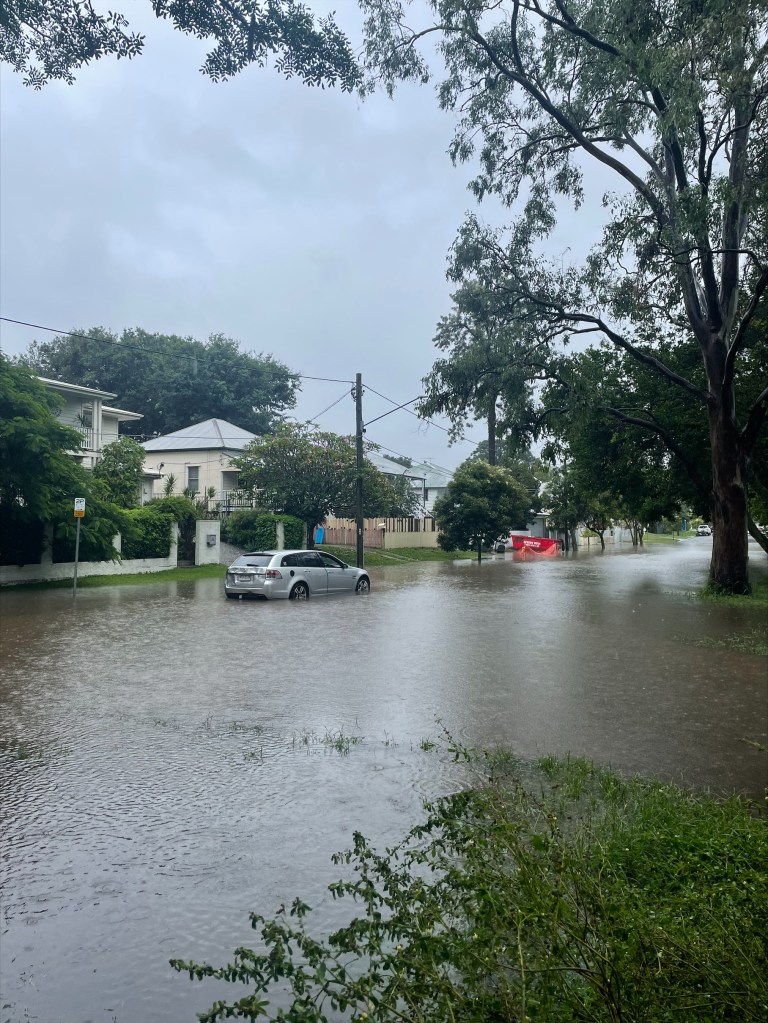
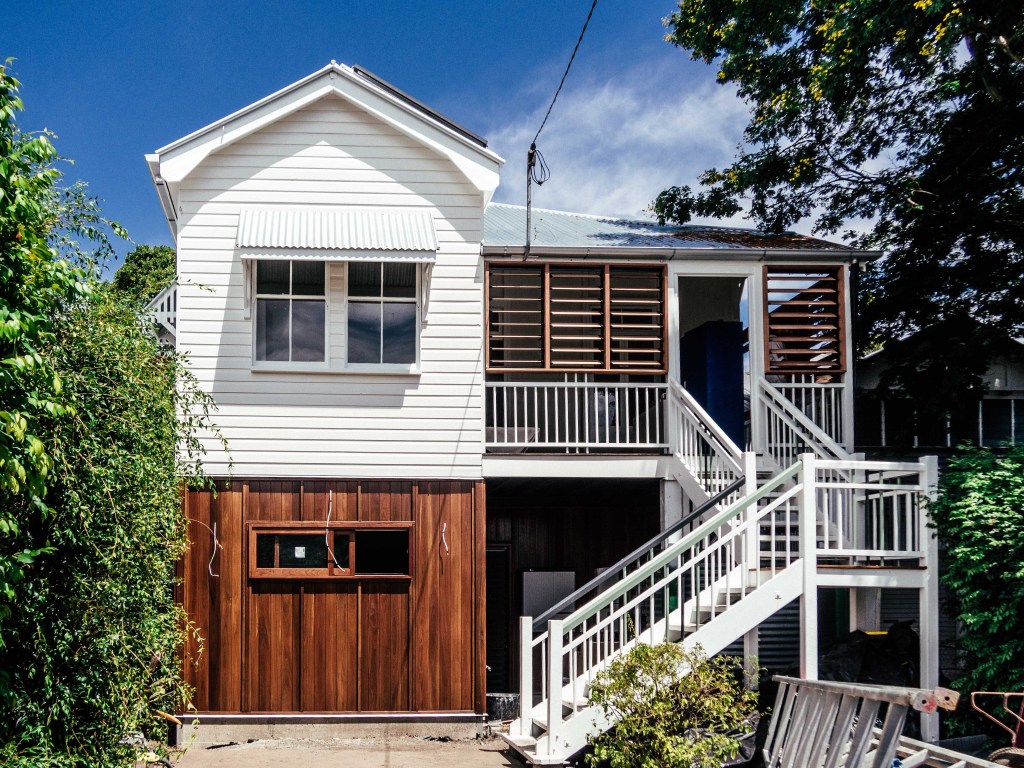
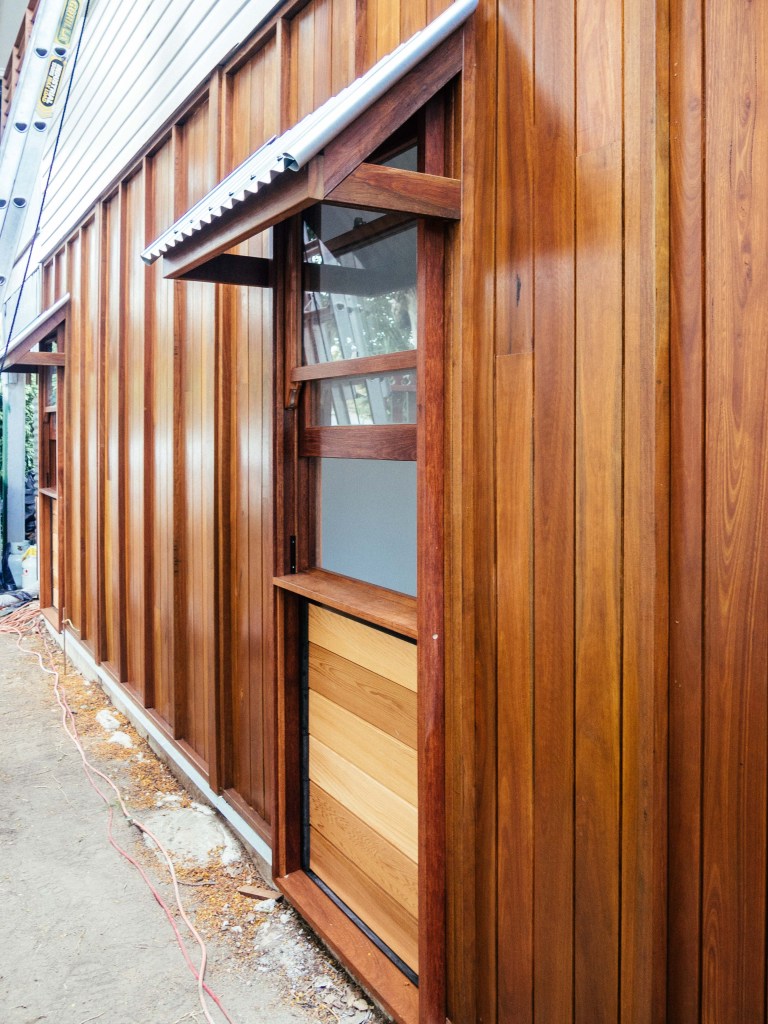
“It’s always stated as being a once-in-a-hundred-year event, then we’ve had two 100-year events in the space of a very short period,” he notes.
“I think the 2022 event changed the conversation significantly. We’ve met young couples on the assessments we’ve done post-2022 who bought into certain areas, having been told don’t worry [the 2011 flooding was] a 100-year event. It’ll never happen again in your lifetime, and then they flooded – some people flooded a day after they settled on the property. Horrific stories of the effects on their mental health, divorce, suicide – it affects communities in so many ways.”
Four in five Australians have experienced some form of natural disaster at least once since 2019, according to polling commissioned by the Climate Council.
The nationally representative poll of 2,032 Australians, which YouGov conducted, also found that 51% of respondents were “very or fairly worried” about climate change and extreme weather events in Australia.
Of the 80% who reported experiencing at least one extreme weather event, the most common disasters Australians had lived through were heatwaves (63%), flooding (47%), bushfires (42%) and droughts (36%).
In the national study, which was supported by Beyond Blue, more than half of the affected individuals also reported negative impacts on their mental health.
Of those polled in Queensland and NSW, more than a third in both states had experienced multiple flooding events – compared to 13% in Victoria, 5% in Western Australia and 4% in South Australia.
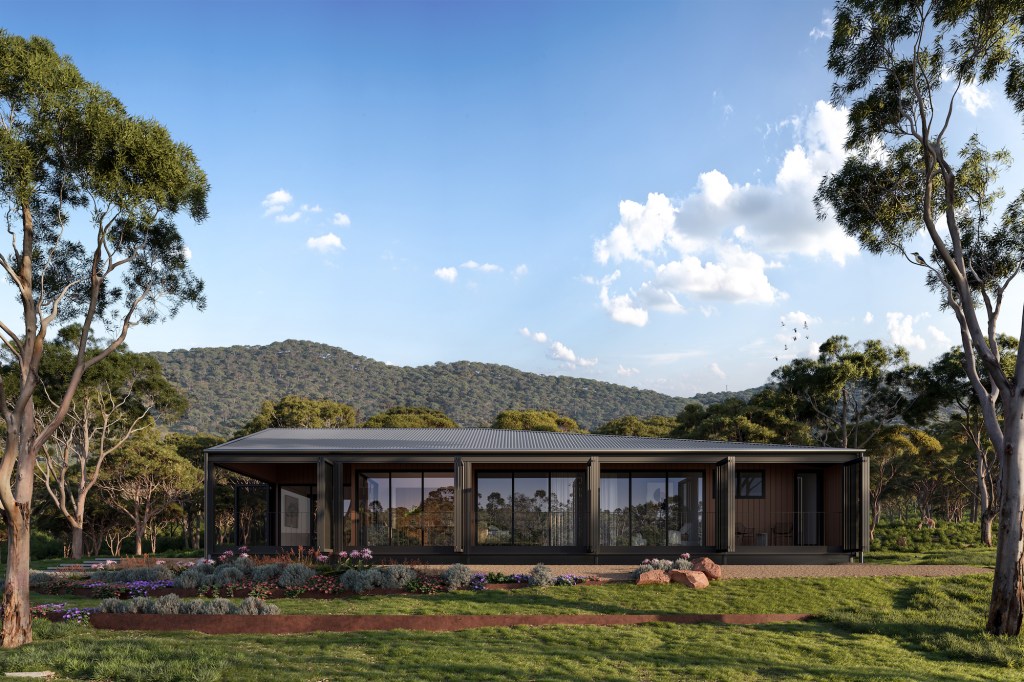
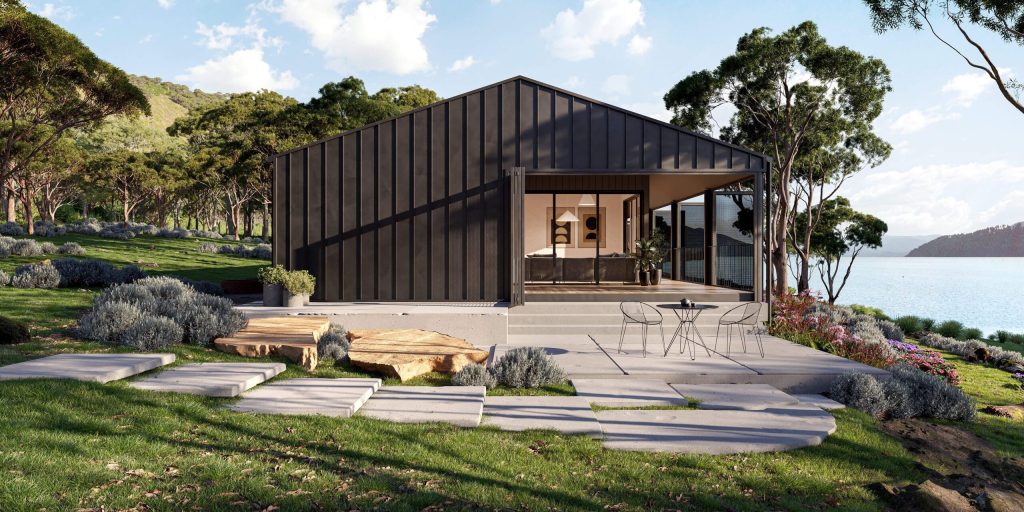
Main image at top of article and images above show JDA Co. designed FORTIS House, a project led by the Bushfire Building Council of Australia, in partnership with NRMA Insurance and Shoalhaven City Council.
Davidson says he doesn’t think anyone believes the 100-year event idea anymore.
The company has started doing multi-hazard housing because there are “quite a lot of common details across flood, fire, cyclone and drought. It’s all about using commonly available materials in just slightly different ways. We focus our energies on affordability. We’re not creating some new system that you’ve got to sell your kidney to pay for. The primary aim is low tech, high uptake, high impact.”
He wants the industry education process to refocus on sustainability and climate change adaptation rather than gross floor area and property values.
“I think property values will plummet if we don’t solve these issues. I’ve often had this image in my head, which I didn’t want ever to have happen to me, that when I’m 60 or 65 years old and holding up a beautiful model of a house that I’ve done, but around me is literally devastation.”
With the evidence building, Davidson wants to tackle any of these sorts of issues across the country and is aiming to keep pushing new ideas and getting the word out to connect with people to make changes for communities to manage natural disasters better.
How building back better can make a difference
When the 2011 floods completely destroyed Michael Mader and Tfer Newsome’s Graceville home, they opted to build back better and engaged architects JDA Co. to design a flood-resilient refurbishment.
Despite being located a few hundred metres from the Brisbane River with a heightened flood risk, Michael and Tfer wanted to remain in their community. After the retrofit, their home became a showcase for flood-resilient design, published on Suncorp’s website and on Suncorp Insurance’s TV ads.
The true test of their architect’s design came in February 2022, when floods inundated 23,000 homes across Brisbane. This was the second major flood Michael and Tfer had endured in 10 years.
Unlike their neighbours, Michael and Tfer could return to their home to live within two weeks thanks to their flood-resilient reconstruction. It would be up to a year before their neighbours in the same street could return home.
Fast forward to January 2023, and Michael and Tfer’s home insurance renewal with Suncorp skyrocketed almost 400%. The couple received a renewal notice for $18,200 a year but were able to negotiate a 70% reduction to their Suncorp Insurance policy by proving their flood resilience renovations. The new renewal amount dropped to $5400 per annum.
Look back on the week that was with hand-picked articles from Australia and around the world. Sign up to the Forbes Australia newsletter here.
